Entry kali ni aku nak kongsi pasal keluaran syarikat ASUS terbaru iaitu ASUS Zenfone Max Pro M1...So apa yang menarik hati aku untuk kongsi berkenaan peranti ni?hmm....Salah satu sebab aku pilih peranti ni sebab dia ada kapasiti bateri yang besar dan sesuai untuk gaming...kalau korang?aku tak tahu la mungkin minat terhadap camera dia yang baik dan ada fitur bokeh..Dimana kau boleh kaburkan latar belakang gambar korang..Spoiler alert la aku ni...Hahaha apa-apa pun jom kita baca!
ASUS Zenfone Max Pro M1 ZB602KL review - Affordable big battery entry-level smartphone with midrange gaming performance for the masses
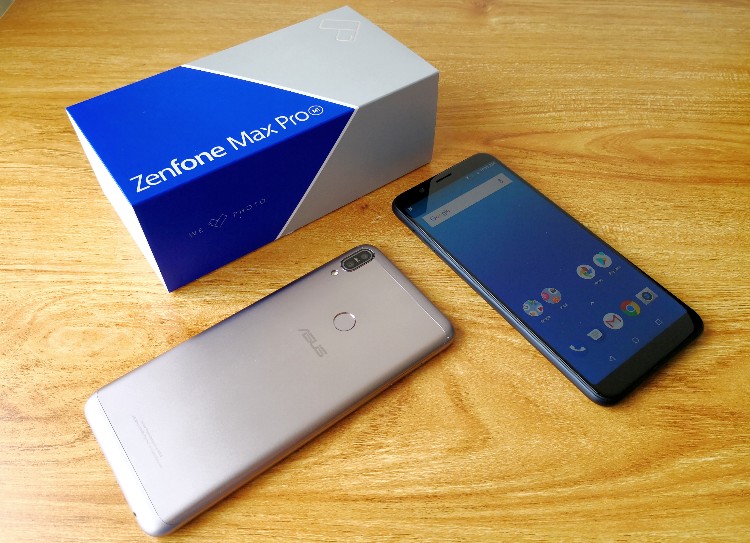
When ASUS first came into the market with their ZenFones, they offered good design value-busting devices for affordable prices. Granted, there have been a few hiccups along the way but ASUS looks to be coming back to their value-busting roots with the ASUS ZenFone Max Pro M1.
Featuring a massive 5000 mAh battery, the latest midrange Qualcomm Snapdragon 636 processor, pure or stock Android and more, this new disruptive device could shake the foundations of Malaysia's value market once more especially priced for just RM699. Find out if it is the #limitlessgaming device for the masses ASUS says it is in our review below.
Design - Tall and slim, thin and wide
Going for a metal body much like the previous ZenFone Max Plus M1, the ASUS ZenFone Max Pro M1 features a 5.99-inch full HD+ display. Because the bezels are very slim, this results in a tall and slim device that fits quite comfortably one handed. The matte back is a bit slippery though, so you might want to slap on the extra value bundled casing as soon as you can.
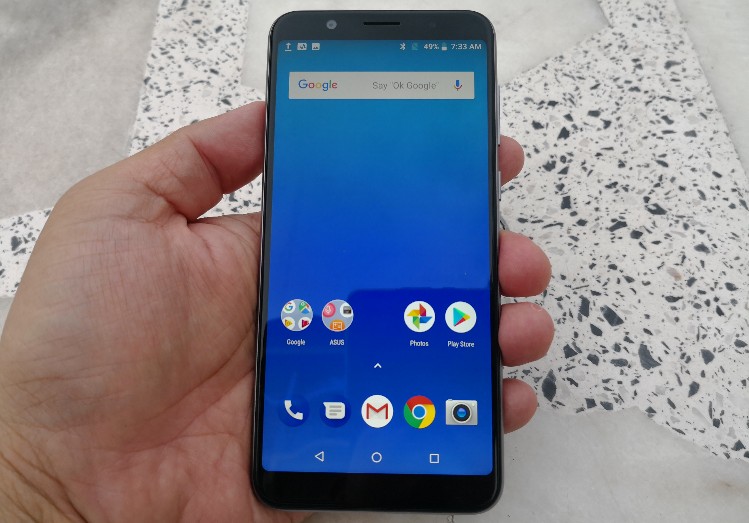
The 5.99-inch fullview display on the ASUS ZenFone Max Pro M1 ZB602KL is notchless, for a tall and slim profile
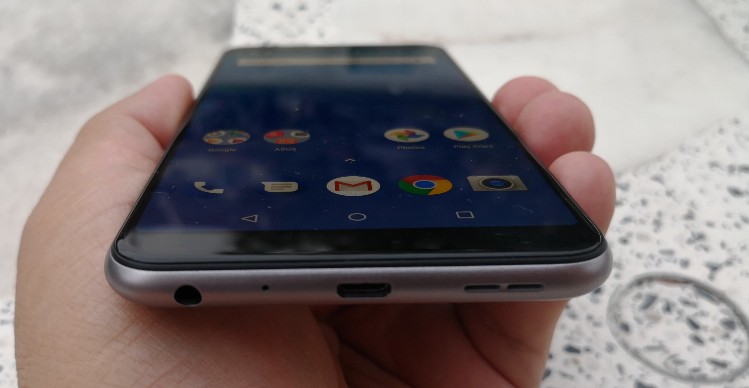
While the ASUS ZenFone Max Pro M1 ZB602KL still uses a microUSB port, there is at least a 3.5mm audio jack as well
On the front of the screen, there are no more physical capacitive buttons, instead the navigation keys swipe up. Also on the front is an 8MP front camera while a rear fingerprint sensor is on the back, with no stretch required. The ZenFone Max Pro M1 still packs in a 3.5mm audio jack but still offers a microUSB port on the bottom.
On the back in the top left corner there is a slightly raised dual rear camera hump, 13MP for this version (16MP for the higher-end versions) with the second 5MP camera sensor taking the depth effect or Bokeh (a blurry background effect) data. There are no gaps in the build and the smartphone feels solidly built. It's a nice design, but it probably won’t turn heads a second time though.
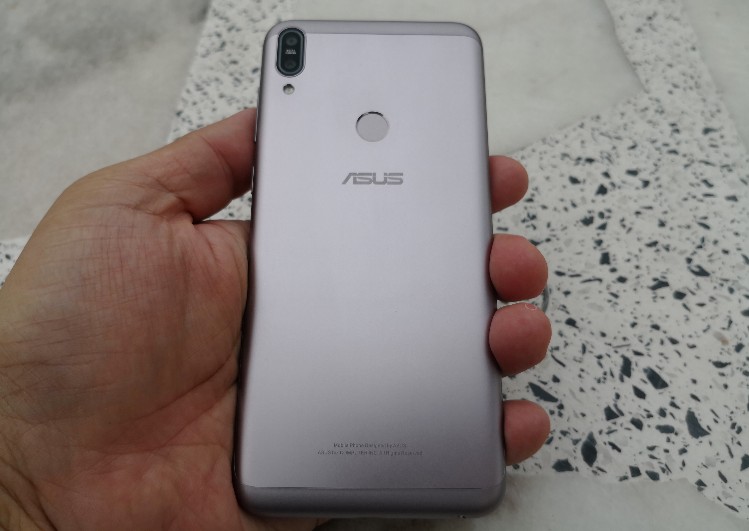
There's a solid matte metal backside with the 13MP + 5MP dual rear cameras and fingerprint sensor
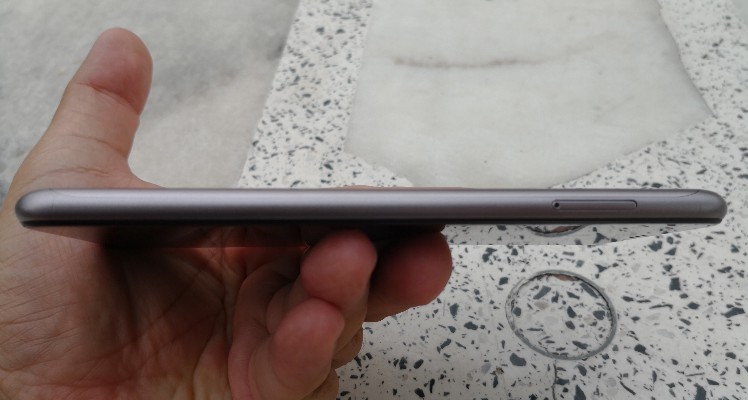
The triple card slot
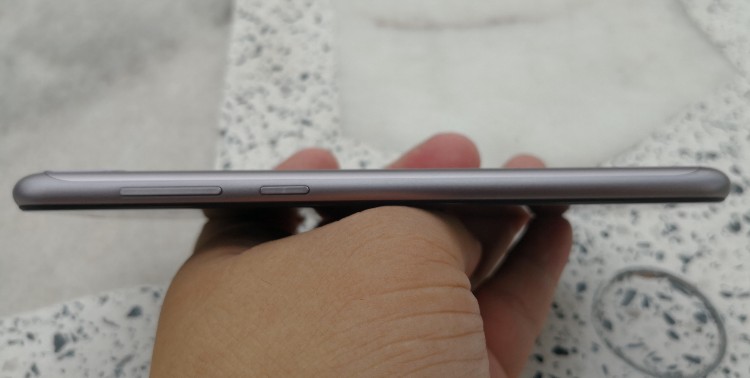
Thin and premium with metal power and volume rocker buttons
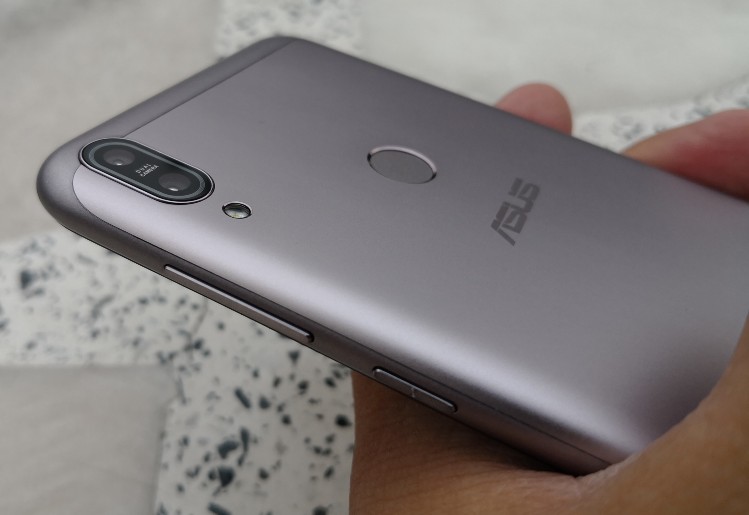
The camera hump is slightly raised
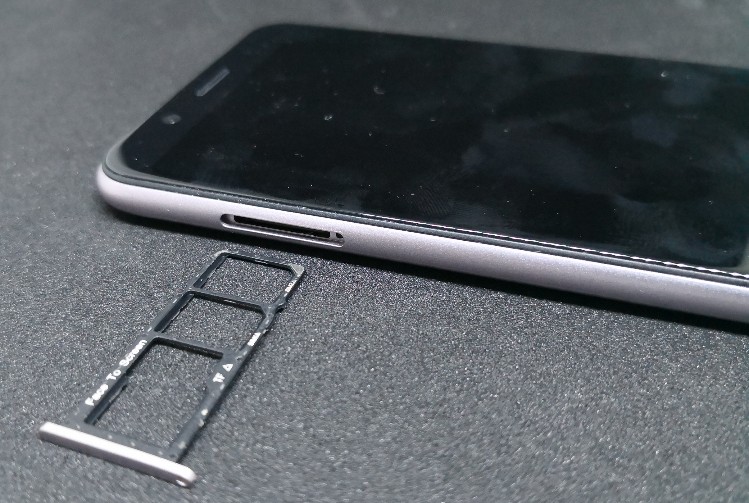
The triple card slot has a dedicated slot for the microSD and 2 4G LTE nano SIM cards
Tech specs and Features - Value busting midranger with pure Android… and a few tweaks
Standout features for the ZenFone Max Pro M1 include the latest midrange Qualcomm Snapdragon 636 chipset which features more energy saving efficiency with a better graphics display. There’s a massive 5000 mAh battery in there and it also packs in a large 5.99-inch full view full HD+ display that is great for those who watch movies on their devices. It is also the first ASUS ZenFone in Malaysia yet to offer a pure or stock Android 8.1 interface.
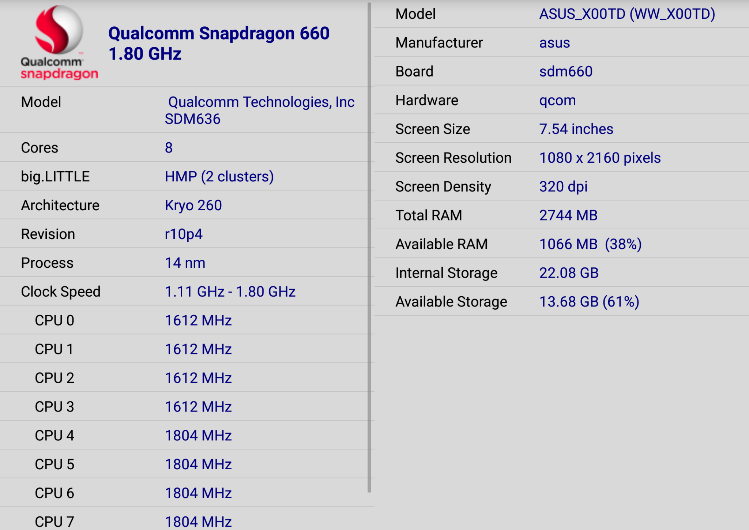
Here's the Qualcomm Snapdragon 636 chipset for the ASUS ZenFone Max Pro M1 ZB602KL
Here’s the full tech specs for the ASUS ZenFone Max Pro M1 ZB602KL:
- Qualcomm Snapdragon 636 processor
- 3GB RAM
- 32GB internal storage (expandable memory available up to 2TB)
- Measures 159 x 76 x 8.61 mm, weighs 180g
- 5.99-inch Full View display (Full HD+, 1080 x 2440 pixel resolution)
- 13MP (f/2.2, PDAF) + 5MP dual rear camera, 8MP front camera (softlight LED)
- Features Fingerprint Scanner and Face Unlock, dedicated 2x SIM + 1x microSD slot, Fast Charging, 4K video recording, microUSB 2.0, NXP smart amplifier
- Supports 4G VoLTE, WiFi, Bluetooth 5.0
- Android 8.1 Oreo
- 5000mAh battery
Looking above, it’s quite clear that the ZenFone Max Pro M1 does have some drawbacks like only 3GB of RAM and still a microUSB port, but the other features are decidedly better than your average below RM1K entry-level device. The triple slot tray with dedicated 2x SIM slots and a microSD slot means that you no longer have to choose to sacrifice a SIM slot for extra memory, while the rear fingerprint sensor and face unlock means you’ll still get a very secure device.
The 13MP + 5MP dual rear cameras provide a more natural depth of field or bokeh blurry background portrait shots but even the 8MP front camera also offers this as well. While the there’s no extra bundled apps or ZenUI features due to the stock Android 8.1, there's still an ASUS calculator, FM radio and sound recorder. The camera app has also been replaced by Snapdragon Camera because according to ASUS this lets them configure the camera sensors correctly.
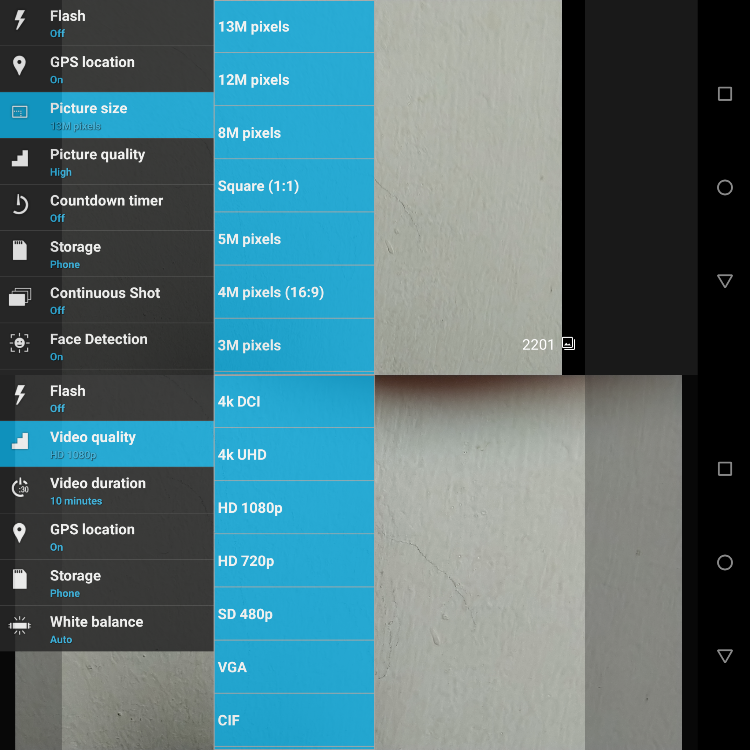
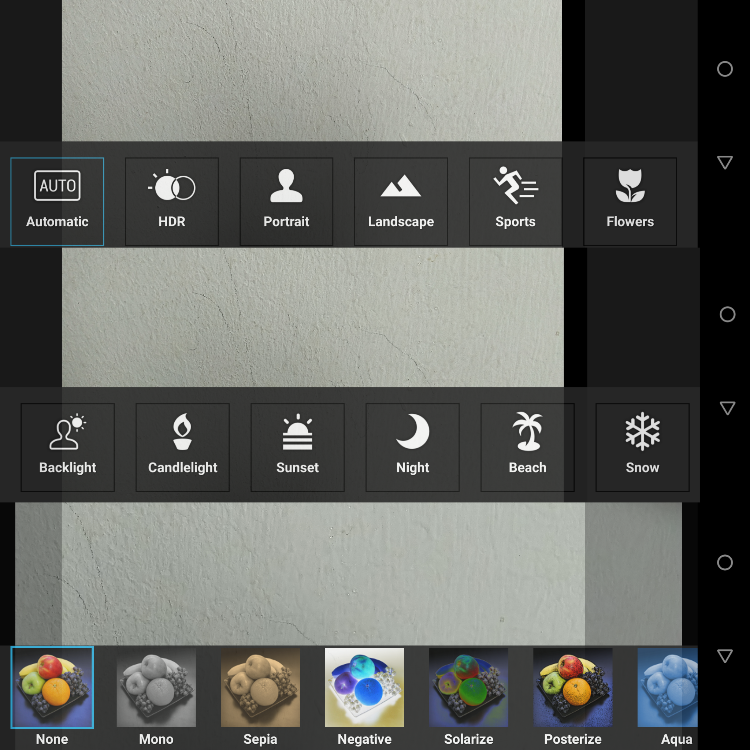
While we’re not saying this is a bad thing, the Snapdragon Camera does away with certain almost standard features like panorama and we have to admit that we miss the ZenUI camera that had a pro mode (the Snapdragon Camera app doesn’t). There’s no automatic scene recognition or stabilization either, but at least the app does let you record video all the way to 4K DCI, 4K UHD and even full HD at 60fps. The front camera also lets you record up to full HD 1080p but you’ll likely need a tripod for smooth video recording.
That being said, the lack of ZenUI does mean that the interface is clean, with no irritating bundled apps or bloatware to mess up the system. This and the midrange Snapdragon 636 chipset with the 5000 mAh battery should let you play games comfortably and for a much longer time than most midrangers, hence, ASUS’s #limitlessgaming hashtag for the ZenFone Max Pro M1. ASUS have said that they are committed to providing updates for the ZenFone Max Pro M1 but haven’t revealed for how long, but since the previous ZenFone 3 Zoom is still getting updates, we estimate at least 2 or 3 years.
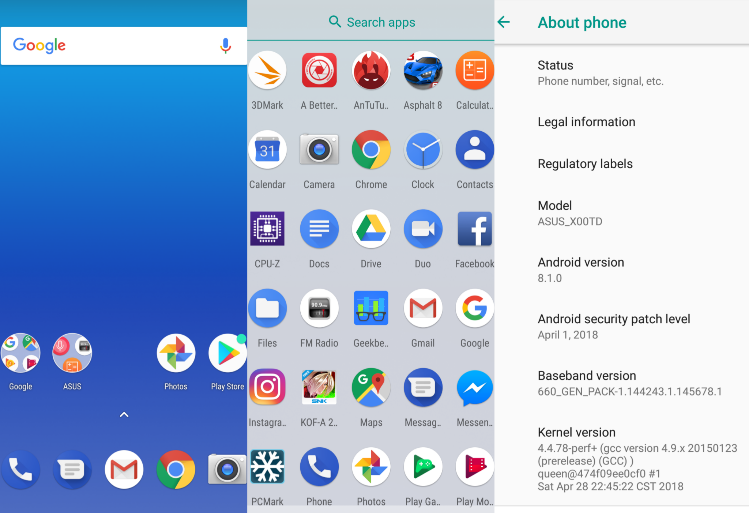
The ASUS ZenFone Max Pro M1 ZB602KL comes with a pure Android 8.1 operating system... with a few tweaks
Performance - Certainly more than double than usual
Performance-wise the ZenFone Max Pro M1 does a lot better than most entry-level devices, going above 100000 in AnTuTu for a score of 114031 and a 3DMark score of 931 in Sling shot. The smartphone handles demanding games like Asphalt 8: Airborne with no problems, achieving smooth gameplay on high quality visual settings while movies look great on the full view full HD display.
Trying out the Zenfone Max Pro M1 in PUBG Mobile, the phone auto selects medium for slightly choppy graphics but still smooth gameplay. More to the point, a 33 minute game took up about 9% of the battery, so you can arguably go on a marathon binge of 296 minutes or about 5 hours straight and still have some left over. Consider that most phones die after 4 sessions of PUBG Mobile and this is exceptional gaming performance more than double that of most other smartphones.
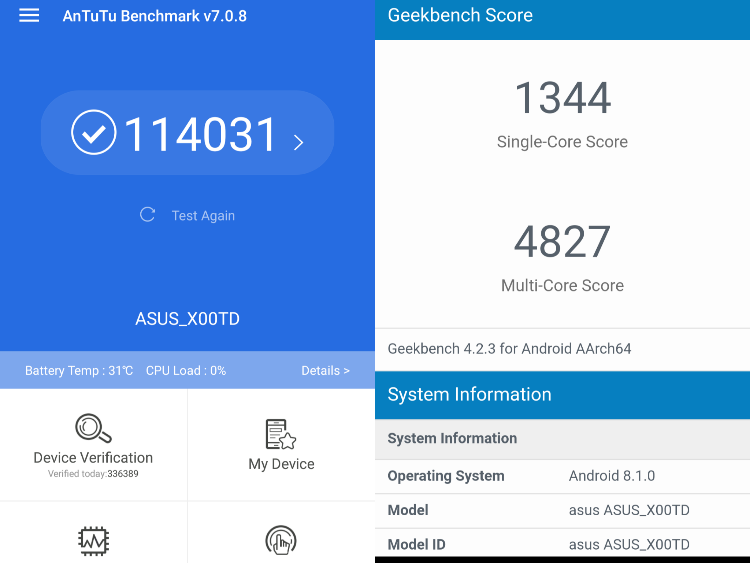
AnTuTu and GeekBench 4 benchmarks for the ASUS ZenFone Max Pro M1 ZB602KL
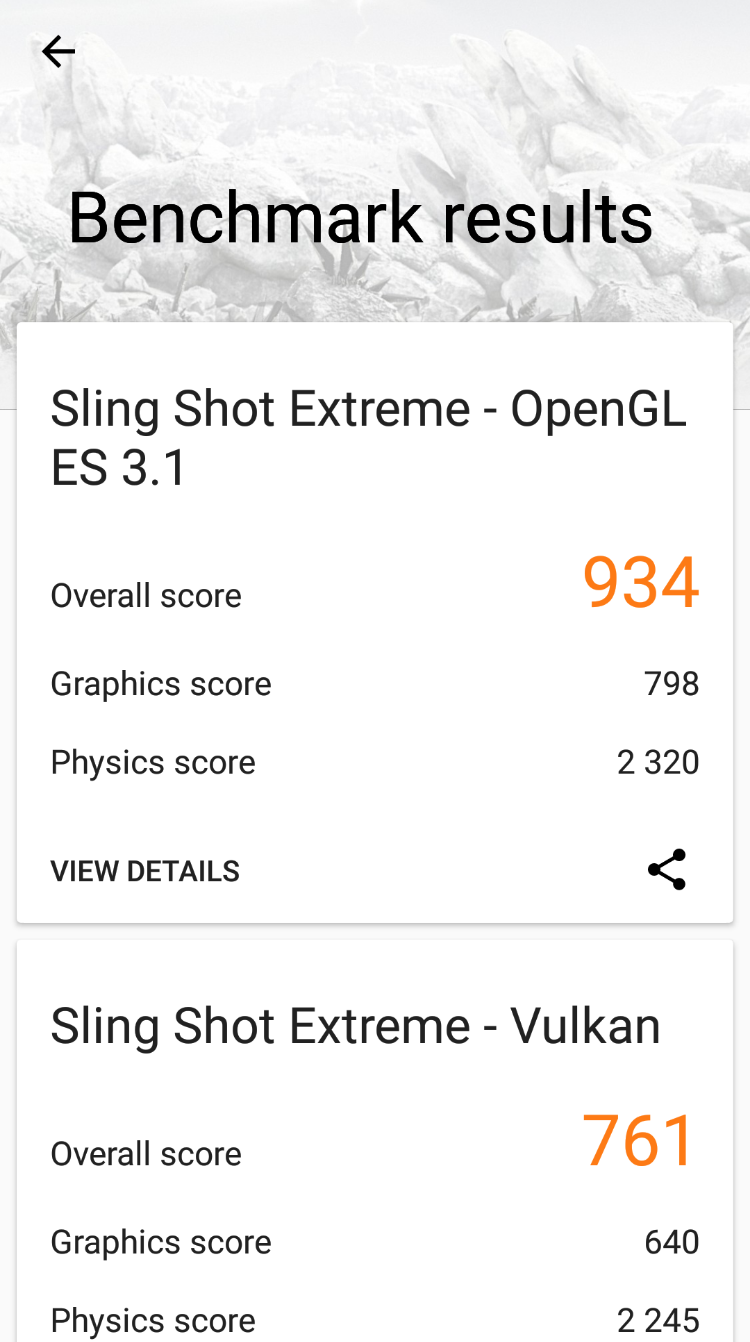
3DMark scores for the ASUS ZenFone Max Pro M1 ZB602KL
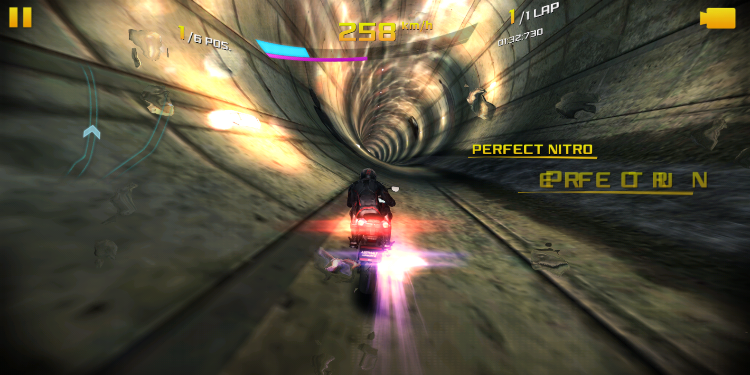
Asphalt 8: Airborne plays super smoothly on the ASUS ZenFone Max Pro M1 ZB602KL despite high quality visual settings
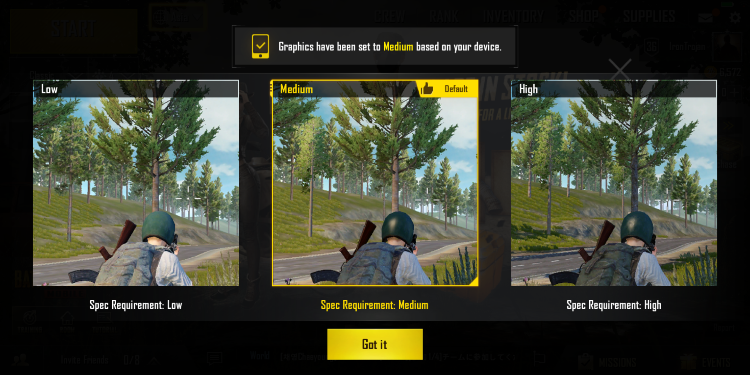
PUBG Mobile says the ASUS ZenFone Max Pro M1 ZB602KL can handle medium quality graphics
Normal day to day usage lets you use the Max Pro M1 for about 3 to 5 days while heavy users can expect at least a bit more than 2 days. The phone does take a bit longer to charge up to full at about 2 hours and and a half or so but since you can forget to charge your phone for 2 days, we think this is worth it.
Audio performance is clear and loud for the most part, but it is a bit tinny on the higher registers. WiFi and call quality are clear and stable with the phone playing fairly smooth PUBG Mobile even in the bathroom. The phone does get a bit hot (about 40 to 50 degrees celsius) after a long marathon gaming binge but we didn’t get any emergency shutdown messages due to overheating. Just slap on the case and turn off the fingerprint sensor navigation as we sometimes accidentally pressed it during gaming, causing it to go back to the home screen.
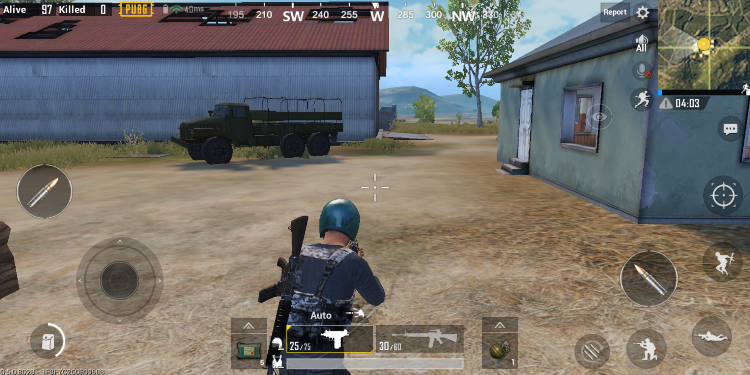
Can you play PUBG Mobile on the ASUS ZenFone Max Pro M1 for 5 hours straight?
Camera performance is a bit jarring after getting used to the Zenfone Camera user interface, as the Snapdragon Camera is just one big nested list. Rather than autofocusing as you point the camera, the Snapdragon Camera autofocuses after you press the shutter button unless you tap to focus first. This makes for a different way to frame your pictures but you do get used to it after a while.
That being said, I have to say that I miss certain ZenFone Camera features, especially the Pro mode. Most people don’t use Panorama, so that isn’t going to be missed, but I’d really like to see what the Max Pro M1 can do without the rather basic automatic point and shoot camera mechanics. You can do so by downloading a third party app like A Better Camera but we’re not sure if it offers the same level of finetuning as the Snapdragon Camera.

Auto
Autofocus is very fast with Snapdragon Camera though and for the most part, the autofocus does work well. Video recording is nice and smooth but the lack of stabilization means you’re getting shaky videos unless you use a tripod. This lack of stabilization can also be seen in low-light images, as you get more noise and sometimes blurry shots.
But, if you keep it steady (2 handed grip, use the stomach ledge) then most night or low-light shots should turn out well. Bokeh effects are quite natural for the most part but sometimes, certain details, like hair for example can get blurred a bit in the process.

Auto - See how all the details and colours still come out even with the backlight?

Auto - Cloth flowers look so real these days don't they?

Auto

Auto - What lies in the center of the clearing?

Auto - Catch all of the details

Auto

Auto

Auto

Greyscale
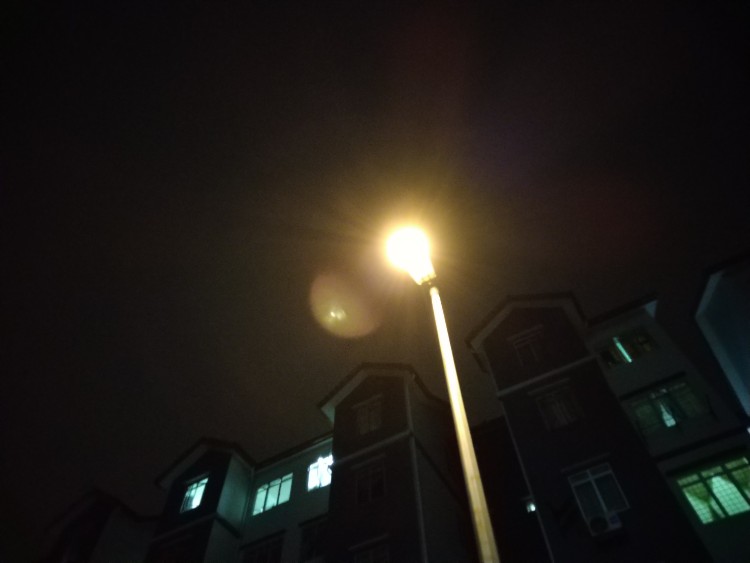
Night mode
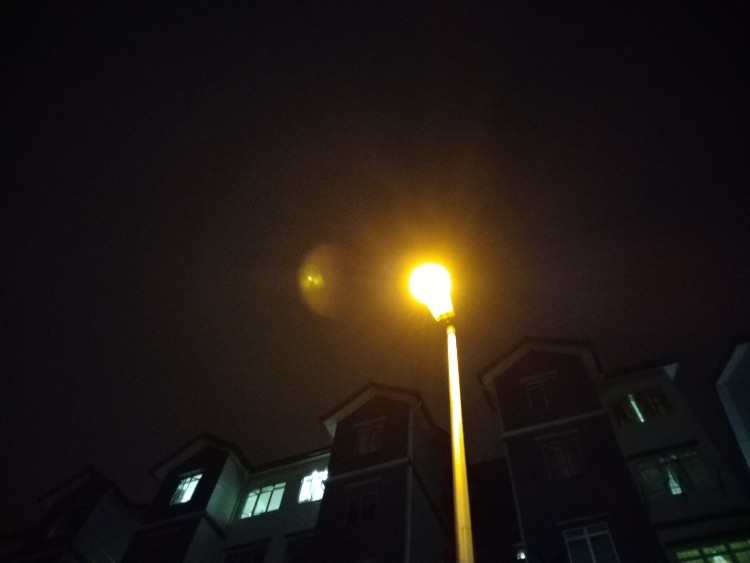
Auto - There's more grain or noise here

Auto

Bokeh or depth of field blurs out the background but keeps the flower clear and detailed
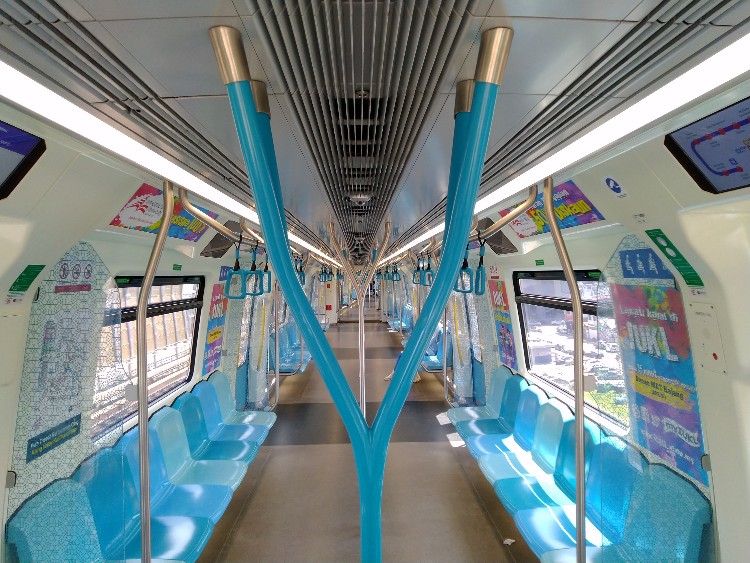
Auto - This train was actually moving quite fast

Auto - The front camera captures a good selfie even while the train is moving fast

Why so serious? Cause the background is now blurry?
Just so you know that it is actually possible with some photography skills and experience, below are some awesome pictures from Peter M Tan, Master Photographer using the ASUS ZenFone Max Pro M1 ZB602KL. Check out his Instagram for other awesome shots using ASUS smartphones.
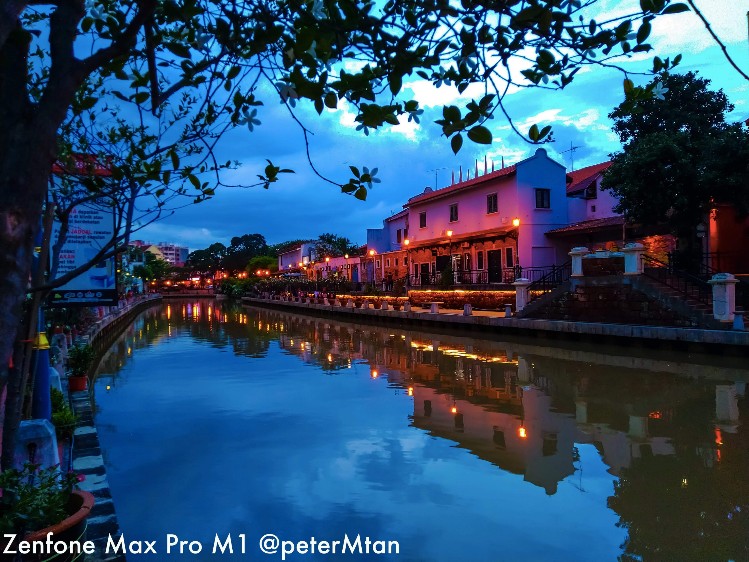
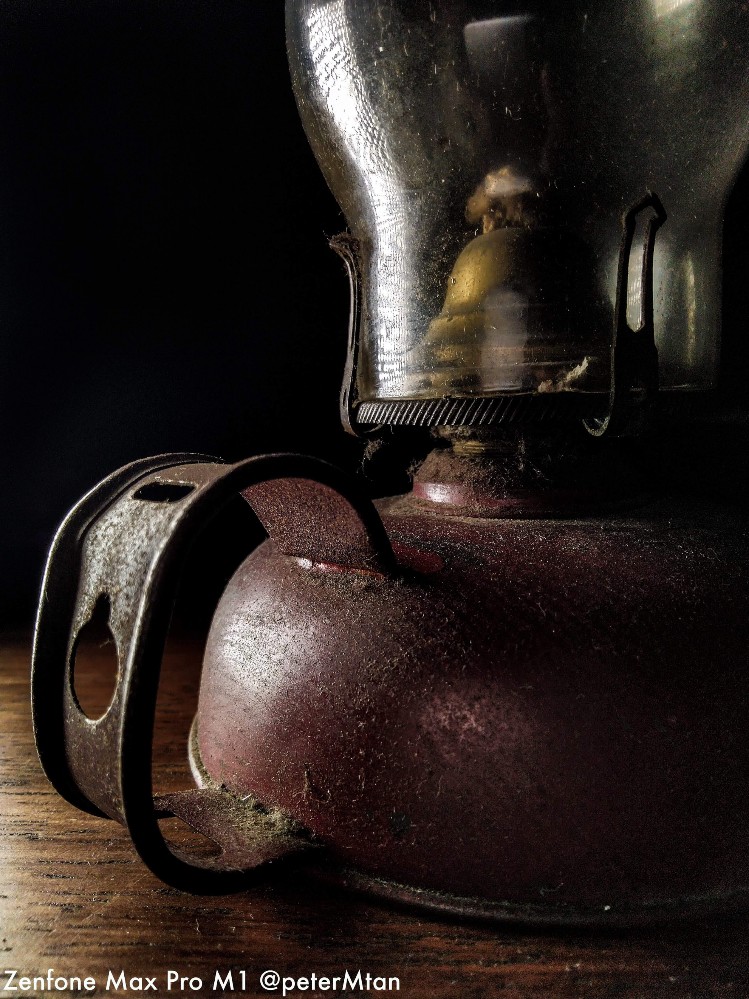
Conclusion - Finally, an affordable stock Android gaming smartphone for the masses
Overall, ASUS have done a very good job with the ASUS ZenFone Max Pro M1, offering an affordable yet midrange device dedicated to long lasting performance and gaming for Malaysia’s masses. With solid design and solid camera performance, the ZenFone Max Pro M1 won’t turn heads or take excellent photos (unless you’re an experienced photographer like Peter M Tan) but the big battery and RM699 price tag make it a great new entry level device for the new ASUS ZenFones, setting the bar high for other entry-level devices.
Considering the big battery and affordable pricing, its very difficult not to compare the ZenFone Max Pro M1 against the Xiaomi Redmi Note 5 which goes for RM799, has a still big 4000 mAh battery and dual rear cameras but the larger 5000 mAh battery and stock Android feel for the ZenFone Max Pro M1 means you can play or stay charger free for longer. The stock Android 8.1 and RM699 lower price tag also helps but for a more detailed tech specs comparison, feel free to use our tech specs comparison tool.
See our hands-on and unboxing video of the ASUS ZenFone Max Pro M1 ZB602KL
The ASUS ZenFone Max Pro M1 is currently going for an even lower price tag of RM599 (for a limited time only!) on Lazada but you can see the details here. Are you thinking of buying it or know anyone who already has? Discuss about your experience on our Facebook page and stay tuned to TechNave.com for all the latest reviews and tech news.
Sumber://http://zipansion.com/1MJws
No comments:
Post a Comment